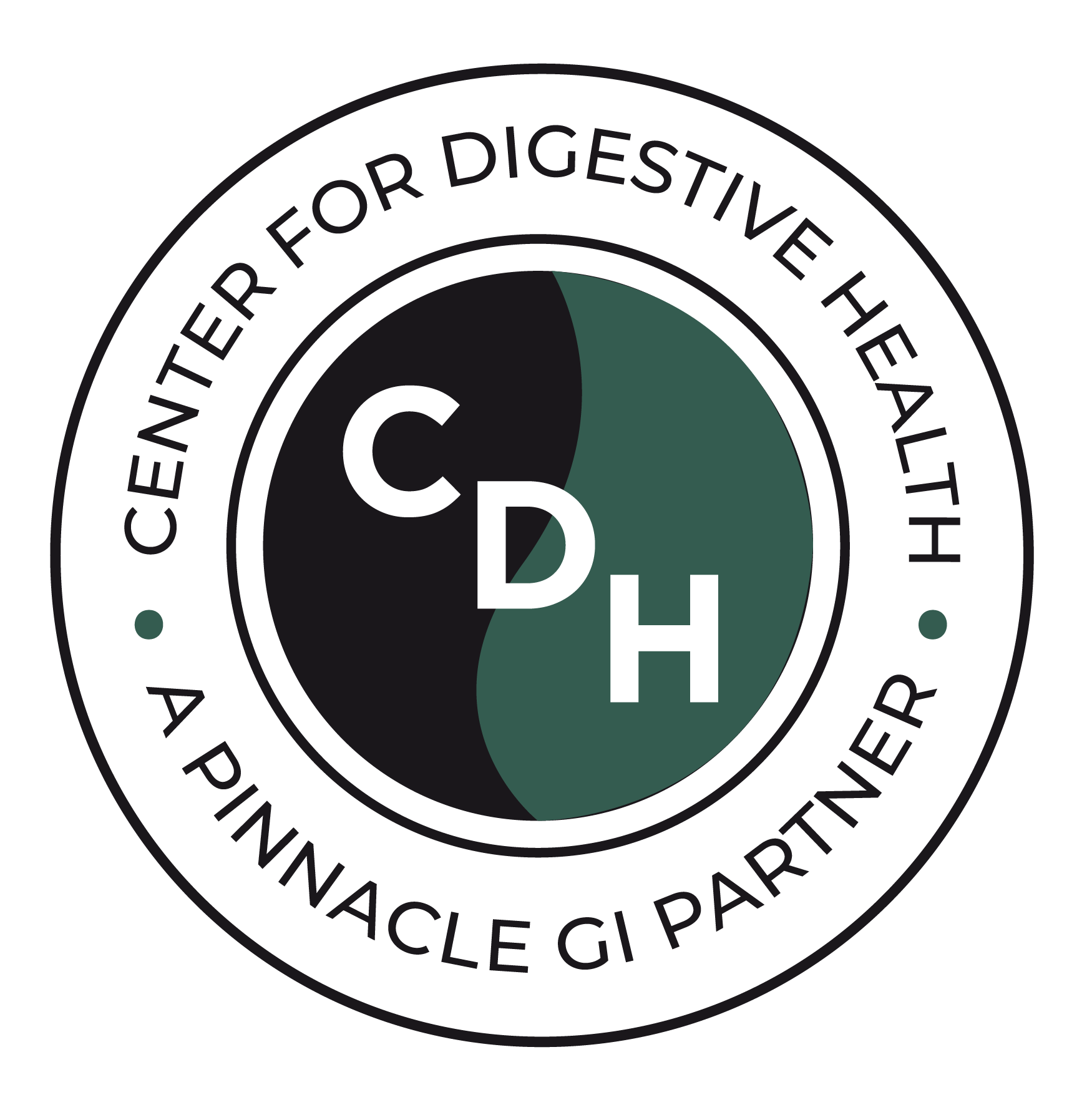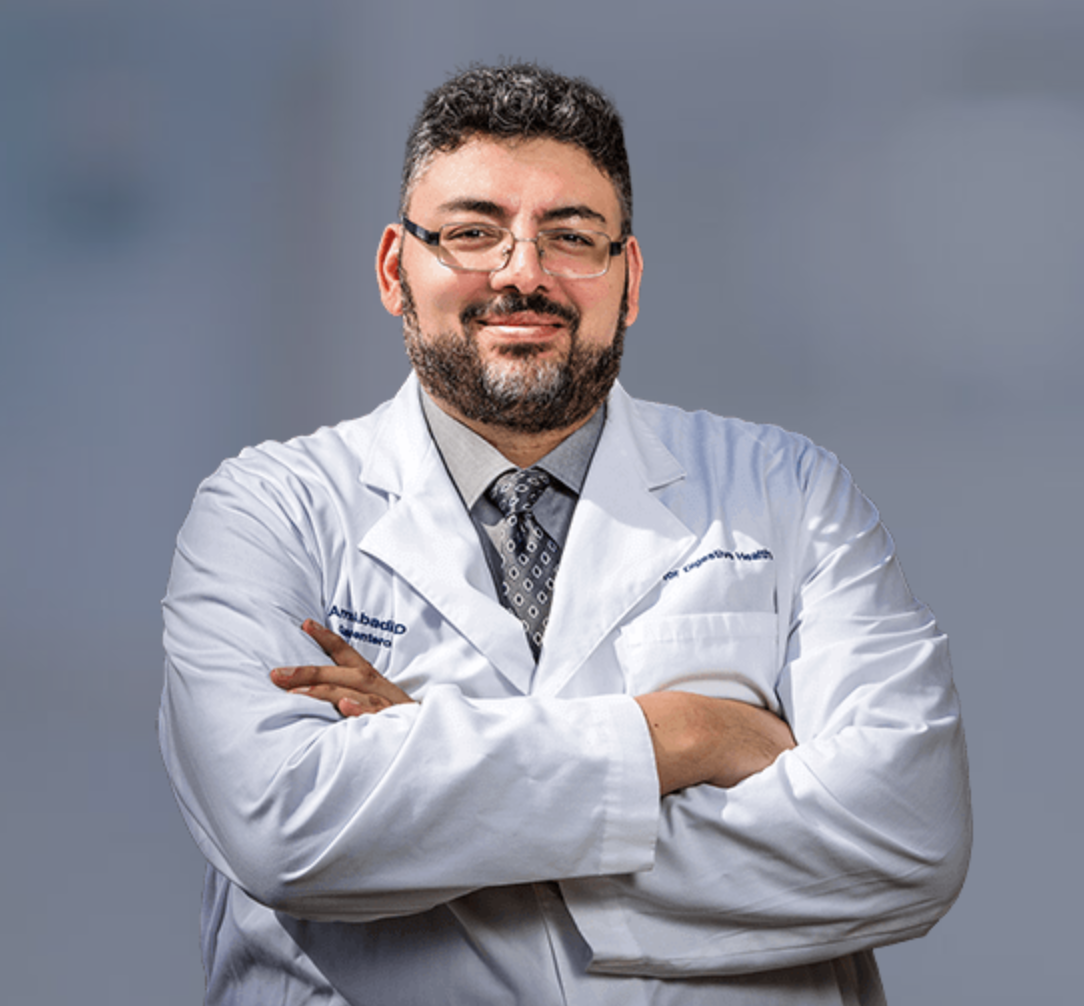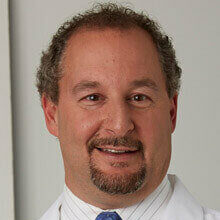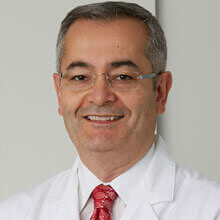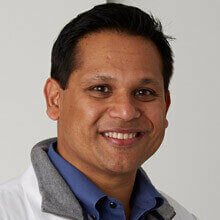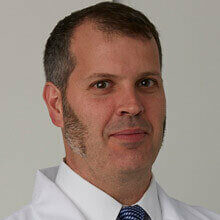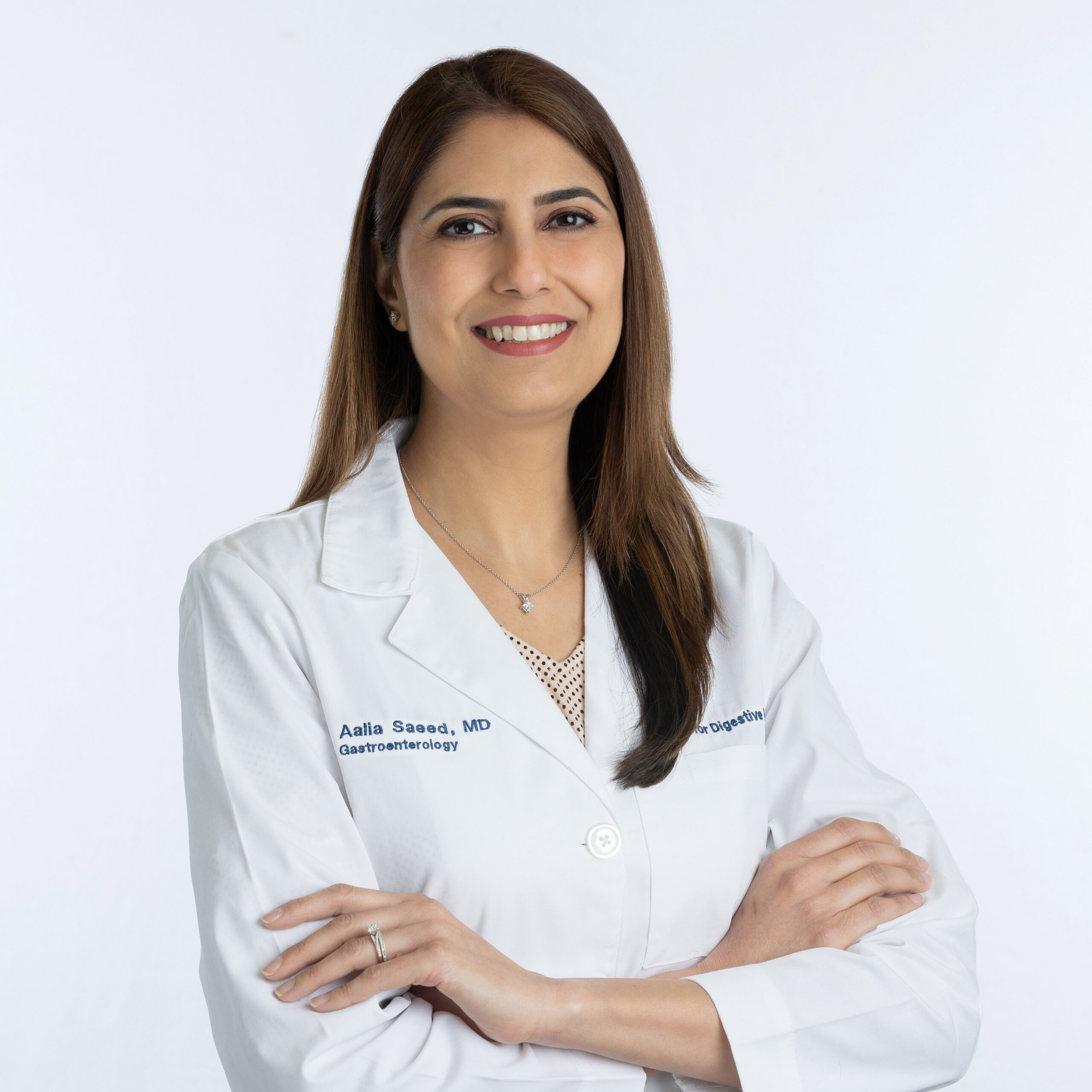Primary sclerosing cholangitis is a health condition that affects the bile ducts, which are responsible for transporting bile from the liver to the small intestine. Bile is a fluid involved in digestion, and when a person develops primary sclerosing cholangitis, they have inflammation that leads to scarring in the bile ducts.
Over time, scars in the bile ducts cause them to become hard and narrow, slowly leading to liver damage as the disease progresses. Disease progression is typically slow with primary sclerosing cholangitis, so people who have the condition may generally feel pretty well in the early stages. That being said, disease progression can vary between people.
What causes primary sclerosing cholangitis?
While the exact cause of primary sclerosing cholangitis is difficult to determine, it may be the result of an immune system reaction in people who have a genetic predisposition to it. For example, a toxin or infection can trigger an immune system response that leads to primary sclerosing cholangitis in some people. A significant proportion of people with primary sclerosing cholangitis also have ulcerative colitis or Crohn’s disease, which are inflammatory bowel conditions.
Is primary sclerosing cholangitis serious?
Primary sclerosing cholangitis can lead to serious complications over time. For instance, inflammation and scarring from the condition can lead to liver cirrhosis, death of liver cells, and eventually liver failure. Additional complications include repeated bile duct infections as well as high blood pressure in an important blood vessel called the portal vein. The latter can cause veins to become swollen and weak, ultimately leading to life-threatening bleeding. Other complications include thinning bones and increased risk of colon cancer and bile duct cancer.
How is primary sclerosing cholangitis treated?
If you have primary sclerosing cholangitis, your doctor will monitor the functioning of your liver and provide care to manage your symptoms. While no medications have been shown to slow or reverse liver damage with primary sclerosing cholangitis, there are medications available to treat symptoms of the disease. For instance, certain medications may relieve itching, and antibiotics can treat infections that occur when bile is backed up in narrow or blocked ducts. A doctor may also place a stent or complete a balloon dilation to treat blocked bile ducts. If you experience liver failure with primary sclerosing cholangitis, the only cure is to receive a liver transplant from a healthy donor.
Common Symptoms
- “I felt tired all the time, and I experienced itching all over my body.”
- “As my condition got worse, I started to have pain in the upper right area of my abdomen, as well as frequent fevers and night sweats.”
- “I started to lose weight, and I had yellowing in my skin and eyes.”
